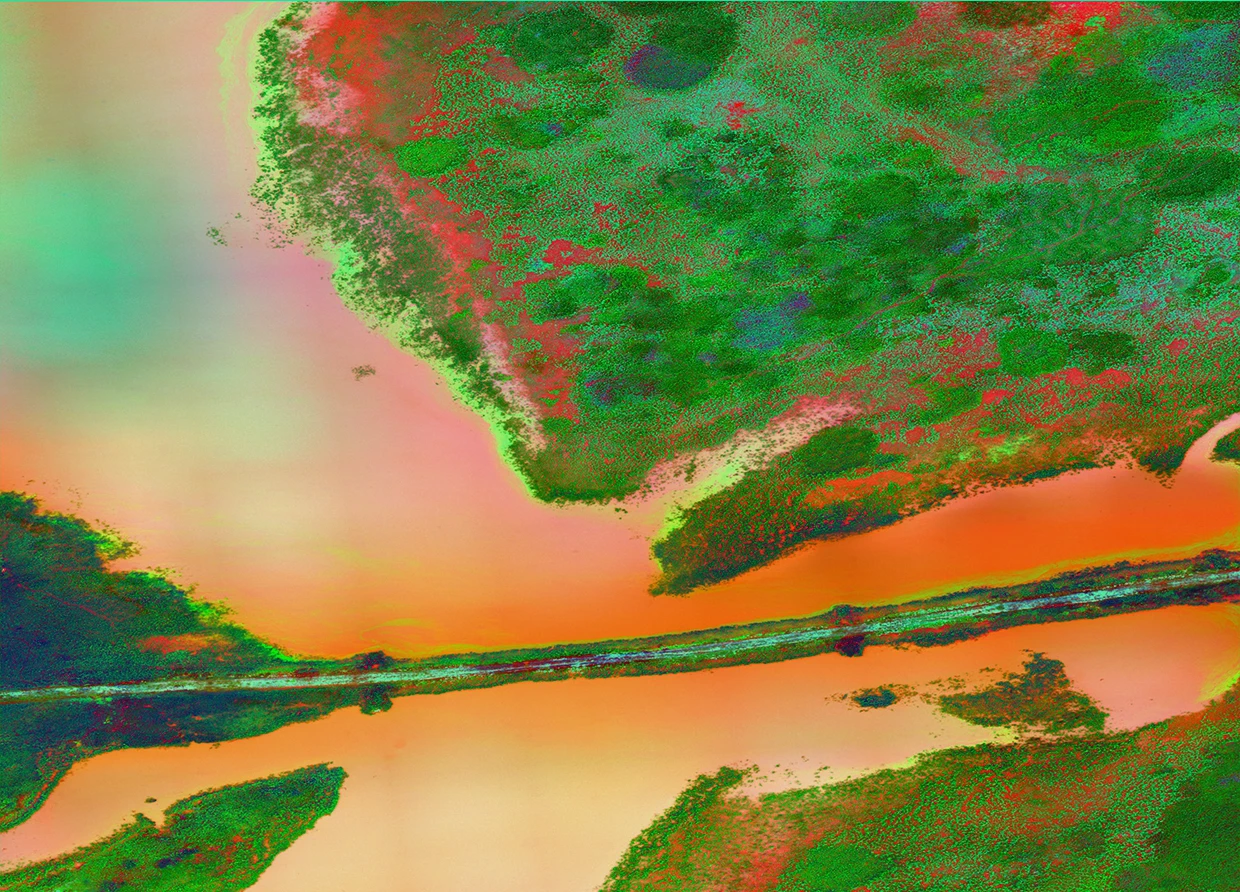BIOLUMINESCENT ALGAL BLOOMS SPOTTED AT SINGAPORE WATERS
Sparks of blue lights were seen at several water bodies in Singapore. According to a marine biologist, it was caused by a marine microorganism

A curious natural phenomenon has been spotted on Singapore's water bodies recently. Eric Teo, a student of Nanyang Technological University who was filming a movie at Pasir Ris, was among the first to see it.
"We brushed it off initially as we thought they were light reflections from the moon or lamp posts. But as we went closer, we noticed blue glitter-like particles in the water whenever it crashed on the shore. That was when we knew we had something on our hands," said Teo in an interview with The Strait Times.
A marine biology Ph.D. student from the National University of Singapore, Sirius Ng, saw the same blue glow while sampling water for plankton in waters off Changi.
He said, "To my knowledge, we haven't seen this extent of bioluminescence in recent years. However, I do know a friend who saw this phenomenon when he was a child in the 80s."
In addition to Pasir Ris and Changi, the phenomena have also been spotted in offshore and East Coast Park.
View this post on Instagram
The culprit, dinoflagellates
According to a marine biologist from the National University of Singapore's Tropical Marine Science Institute, Dr. Emily Curren, the phenomenon is caused by bioluminescent algal blooms.
The sparks were emitted by a group of marine microorganisms, dinoflagellates. Dr. Curren said these dinoflagellates are present in Singapore's waters. She also noted that the same occurrence was spotted along the southern coastline in 2016.
"Due to suitable climatic conditions such as temperature, salinity and rainfall, they will reproduce rapidly and form algal blooms, leading to the bioluminescent sighting when the cells are being disturbed and pushed together by waves, for example," the marine biologist said.
She also added that there exists no cycle as to this phenomenon, meaning it will be nearly impossible to predict when such occurrence will happen again in Singapore's water.
In regard to how long it would last, Dr. Curren said it all depends on how long the water conditions will remain favorable for the algae to proliferate.
"Usually for dinoflagellates, warm waters and a stable water column would promote their blooms," said Dr. Curren about the phenomenon.
Curren said that some of these dinoflagellate species might not be well-studied. For instance, it is unknown which dinoflagellate species caused the 2016 bloom.
Dr. Curren added, "We can enjoy this natural phenomenon by just looking and taking photos from afar. It is best to avoid direct contact if we do not understand them and their characteristics."
#THE S MEDIA #Media Milenial #Singapore #dinoflagellates #Algal bloom #Biology


























